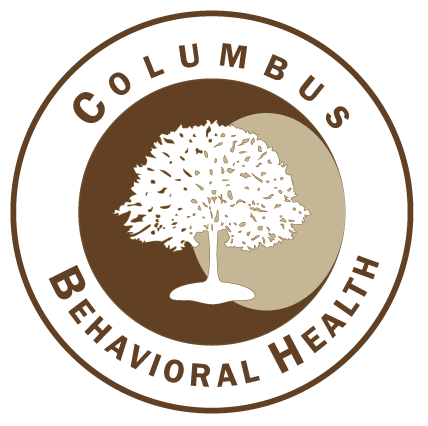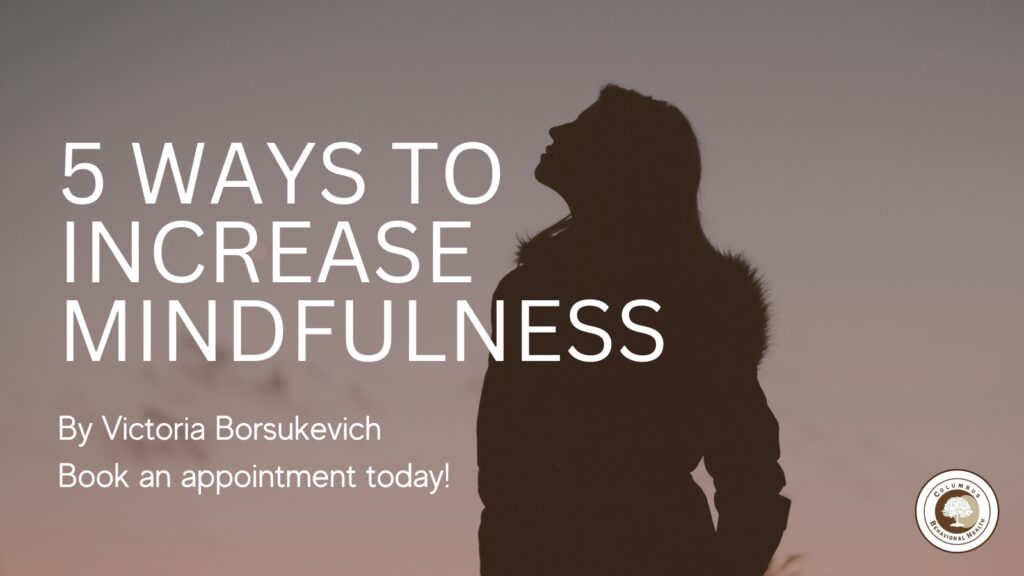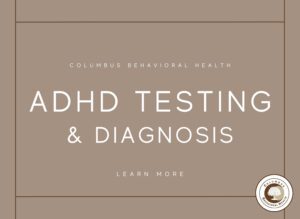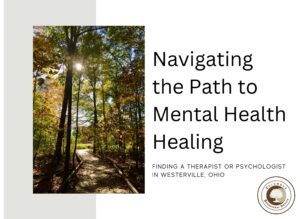Five Ways to Increase Mindfulness TODAY- without meditation.
Mindfulness is the practice of present awareness, without judgement or reaction to what is happening around us or within us. More simply put, it’s our ability to fully experience the world and our mind and body, without being pulled into a thought or emotion spiral. Improving our skill of being mindful can help us “move through” difficult emotions and moments in life, with out ignoring them or pushing them away. It can help us to learn to experience triggers without being pulled into them. It can also help us to be more fully present and engaged in positive moments, without being pulled away.
Mindfulness has been proven to be helpful with a myriad of mental health concerns, such as depression, anxiety, PTSD, Borderline Personality Disorder, and even Bipolar Disorder. It can also help with daily stressors such as emotional triggers in our environment, troubling memories from the past, worries about the future, and even physical pain.
While meditation is often suggested as a specifically helpful type of mindfulness practice, there are many ways to incorporate mindfulness into daily life, if carving time out feels inaccessible or meditation just doesn’t feel good for you right now.
Consider trying one of these mindful tips today:
Mindful Eating:
Eat a meal while fully focusing on the sounds, smells, sights, tastes, and feeling of your meal. This might mean limiting distractions like TV and putting down phones for this time. Observe each bite with curiosity.
Body and Mind Activity:
Doing activities that use our body and mind simultaneously helps us be “naturally mindful”. Try a physical activity like biking, walking, yoga, dancing in your living room, or stretching. You can also try crafting, painting, knitting, or playing a musical instrument, just to name a few!
Slow Down:
Try doing a typical task at “half speed”. This asks our brain to think about each step rather than being on “autopilot”, while potentially thinking about something else. Focus on the movements of your body and what it’s like to do each and every step of the activity.
Go out in Nature:
Whether is opening a nearby window, sitting on your front porch or in the backyard, or taking a walk in nature, being outdoors has been shown to increase mindfulness. Focus on taking in everything around you, noticing each sense interacting with the natural world.
Naming Gratitude:
Thinking about even one thing we are grateful for encourages us to see the big picture of life and to step out of stress-thinking, even for just a moment. Research has shown positive impacts of gratitude practice on those with active depression and anxiety. Remember that naming gratitude in your life does not mean that you “should not” feel stressed, bad, or upset about true difficulties; it simply illuminates other real parts of your life that are already there, simultaneously.
If you want to practice more mindfulness or have curiosity about how this invaluable skill can impact your mental health, consider a trained mindfulness-based therapist, like myself. We can explore if this practice may be helpful for you, learn more about how mindfulness “works” for us, and practice in session with me as your guide. I have spent years incorporating these ideas into my own life, and look forward to sharing insights with you.
Please visit my page to schedule with me. There, you can set up your Columbus Behavioral Health account, fill out initial paperwork, and schedule an intake appointment with me.
I look forward to being part of your journey in striving for a more mindful life.





